A captivating smile is one of the most powerful forms of human expression. It can convey warmth, confidence, and approachability in an instant. For decades, the pursuit of a perfect smile was often guided by a rigid, mathematical pursuit of symmetry, leading to rows of identical, Chiclet-like teeth that, while technically even, lacked soul and character. Today, the philosophy of smile design has undergone a profound evolution. The new gold standard is no longer sterile perfection, but a harmonious balance between pleasing symmetry and unique personality. The ultimate goal is to create a smile that is not only beautiful but also authentically yours—one that enhances your natural features and expresses your individuality.
This artistic and scientific discipline rests on three fundamental pillars: the strategic shaping of individual teeth to frame the face, the meticulous contouring of the gum line to create a balanced canvas, and the revolutionary power of digital simulation that allows patients to preview and co-create their future smile. Mastering the interplay between these elements is what separates a technically adequate result from a transformative work of art.
The Architectural Blueprint: The Psychology and Geometry of Tooth Shape
Teeth are the central characters in the story of a smile. Their shape, proportion, and arrangement directly influence whether a smile appears masculine or feminine, youthful or mature, gentle or powerful. A skilled cosmetic dentist does not simply copy a template; they architect a smile based on the patient’s unique facial anatomy and personality.
The Language of Shapes:
- Square Shapes: Teeth with strong, pronounced corners and parallel sides convey a sense of strength, masculinity, and stability. This shape often complements a square or rectangular face shape.
- Oval/Rounded Shapes: Softer, more rounded incisal edges suggest youthfulness, gentleness, and a feminine aesthetic. They can help soften the angles of a square jaw.
- Triangular Shapes: Teeth that are narrower at the gum line and wider at the biting edge can create a vibrant, dynamic look but risk appearing sharp or aggressive if not carefully calibrated.
The Principles of Illusion:
The artistry lies in using tooth shape to create optical illusions that enhance overall facial harmony.
- Lengthening the Face: Longer, more rectangular teeth can create the illusion of a longer, slimmer face.
- Shortening the Face: Wider, squarer teeth with minimal display of gum tissue can make a long face appear shorter and more balanced.
- Creating Gender Cues: Subtly rounded lateral incisors and canines are often used to enhance feminine traits, while squared, dominant centrals and canines can emphasize masculine features.
The Imperfection of Perfection:
This is where personality trumps rigid symmetry. A perfectly mirrored smile can look artificial. Artfully incorporated “characteristics” mimic the subtle asymmetries found in nature:
- Rotation: A slight rotation of a lateral incisor can add charm and individuality.
- Texture: Adding subtle horizontal lines (mamelons) or slight surface texture makes teeth look natural, as perfectly smooth surfaces reflect light unnaturally.
- Value Gradation: Not all teeth should be the same blinding white. Canines are naturally slightly darker than incisors, and the edges are more translucent. Replicating this subtle color variation is key to a believable, high-quality result.

The Framing Element: The Critical Role of the Gum Line
If the teeth are the painting, the gums are the frame. An uneven, gummy, or receded gum line can detract from even the most beautifully shaped teeth. Gum contouring, or gingival sculpting, is therefore a foundational step in comprehensive smile design.
The Golden Proportion and Gum Architecture:
Ideal gum lines are not flat; they follow a distinct, scalloped curve that rises to a zenith at the center of each tooth. The height of this zenith is crucial:
- The central incisors should have the highest gum line and be perfectly symmetrical.
- The gum line of the lateral incisors should be slightly shorter.
- The canines should have a gum line similar in height to the central incisors, creating a pleasing, undulating frame.
When this scalloping is too flat, teeth look boxy and artificial. When it’s too exaggerated, it can look unnatural. The goal is a soft, harmonious curve that follows the patient’s upper lip line when they smile.
Correcting Common Issues:
- Gummy Smile: Using procedures like laser gingivectomy, a dentist can precisely recontour and lower the gum line to reveal more of the natural tooth crown, creating a more balanced tooth-to-gum ratio.
- Uneven Gum Line: Recession or uneven healing can leave one tooth appearing “shorter” than its neighbor. Gum grafting or conservative recontouring can level the frame, creating instant symmetry and balance.
- Black Triangles: Gaps between teeth at the gum line can be closed by reshaping the teeth or with restorations, ensuring a seamless, continuous frame.
The Digital Preview: Co-Creating with Digital Simulation
Perhaps the most significant advancement in modern smile design is the move from abstract discussion to tangible visualization through digital technology. This has transformed the patient-dentist relationship from a provider-client dynamic to a collaborative partnership.
The Digital Workflow:
- Digital Impressions: An intraoral scanner creates a precise 3D digital model of the patient’s current teeth and bite, replacing messy traditional putty impressions.
- Digital Smile Design (DSD): The dentist uses specialized software to analyze facial photographs in conjunction with the 3D model. They can draw the proposed new smile directly over the patient’s photo, taking into account the lip line, facial midline, and other key biometric markers.
- Photorealistic Simulation: The software then generates a stunningly realistic simulation of the final result. The patient can see a video or still image of themselves with their new smile before any treatment even begins.
The Power of Collaboration:
This process is revolutionary for several reasons:
- Manages Expectations: Patients are no longer relying on imagination. They see a predictable outcome, which builds trust and confidence in the treatment plan.
- Facilitates Customization: “What if my lateral incisors were a little more rounded?” A digital designer can make that change in real-time, allowing the patient to be an active participant in the design of their own smile. This is the ultimate fusion of symmetry and personality—the dentist ensures the biomechanical and aesthetic principles are sound, while the patient ensures the result aligns with their personal vision.
- Guides Treatment: The digital design becomes the blueprint for the entire dental team. It guides the lab technician creating veneers or crowns and the dentist preparing the teeth, ensuring the final restorations match the planned design with incredible accuracy.
Conclusion: The Symphony of a Signature Smile
The art of modern smile design is a symphony, not a solo. It is a harmonious composition where the geometry of tooth shape, the graceful framing of the gum line, and the visionary power of digital simulation all play in concert. The conductor of this symphony is a skilled cosmetic dentist, but the music itself is composed with the patient’s unique personality and desires as the central theme.
A truly successful smile makeover does not make someone look like they have “had work done.” Instead, it creates a powerful, polished, and authentic version of themselves. It balances the universal principles of beauty with the individual’s unique character, resulting in a signature smile that is both captivating and unmistakably their own. In the end, the highest art form in dentistry is not creating a perfect smile, but in perfectly enhancing the person who wears it.

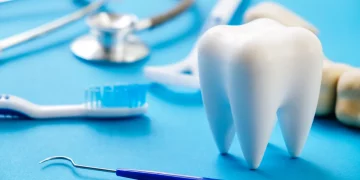





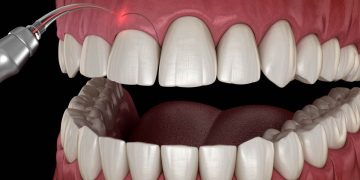
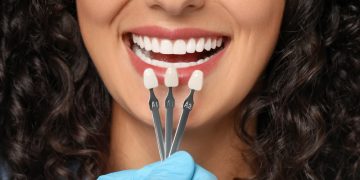
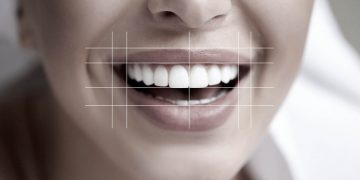
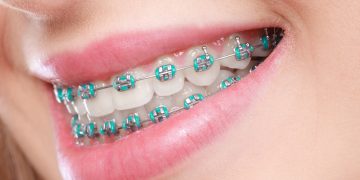



















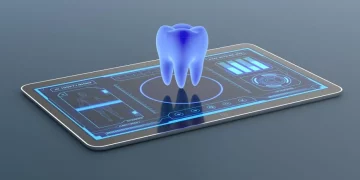














Discussion about this post